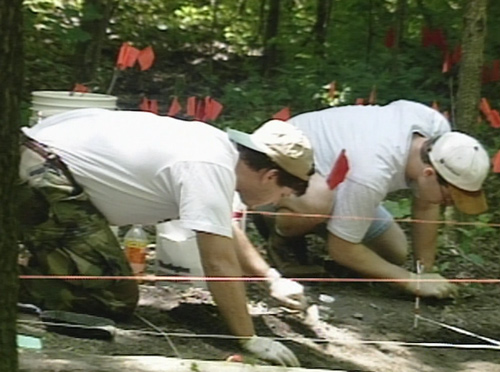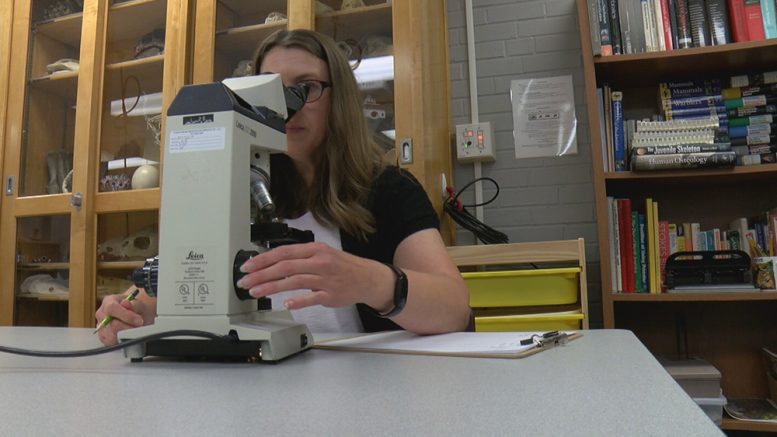By KODY FISHER
WISH-TV | wishtv.com

Baumeister
Advances in DNA technology are helping identify victims of suspected serial killer Herb Baumeister more quickly.
Dr. Krista Latham, director of the Human Identification Center at the University of Indianapolis, informed I-Team 8 that the process will be slow because they want to be 100 percent certain they can identify all the remains.
When investigators were finding thousands of bone fragments at Fox Hollow Farms in 1996, Latham was still in high school. In 2016, she took over as director of the Human Identification Center.
Latham has been tracking the advancement in DNA technology.
“It’s not that technology exists today that didn’t exist in the past. It’s just that it’s more sensitive,” Latham said. “We’re able to create those DNA profiles from samples that we may not have been able to do so in the past because we can see that DNA.”
To date, they’ve submitted 100 bone fragments for DNA profiling, and 50 are complete. Out of those, seven different victims were identified, but only three of those victims have been matched to a name.
“We have thousands more that need to be screened, so this is something that is going to take a while,” Latham said.
They aren’t submitting all the fragments for testing all at once because some of the fragments are small – the size of your thumbnail. The fragments have been significantly damaged by exposure to the elements and fire, and the testing process itself involves the partial destruction of each fragment.
“If DNA profiling is attempted from a sample and it fails, then we do run the risk that we may never generate a DNA profile from that sample and that sample may be all that’s left of an individual that was a victim at Fox Hollow Farm,” Latham said.
That’s why their work is going slowly, methodically, so that no victim goes unidentified.

Photo provided by WISH-TV
“It’s about making sure that they get the respect and dignity that they deserve in death that was taken away from them in life,” she said.
While the advancement in technology is helping them identify the remains, what they need more than ever is for close relatives of people who went missing in the ‘80s and ‘90s to come forward and give a DNA sample to police so it can match the remains they have.
This story was originally published by WISH-TV at wishtv.com/news/i-team-8/advances-in-dna-technology-help-identify-victims-of-westfield-serial-killer.

